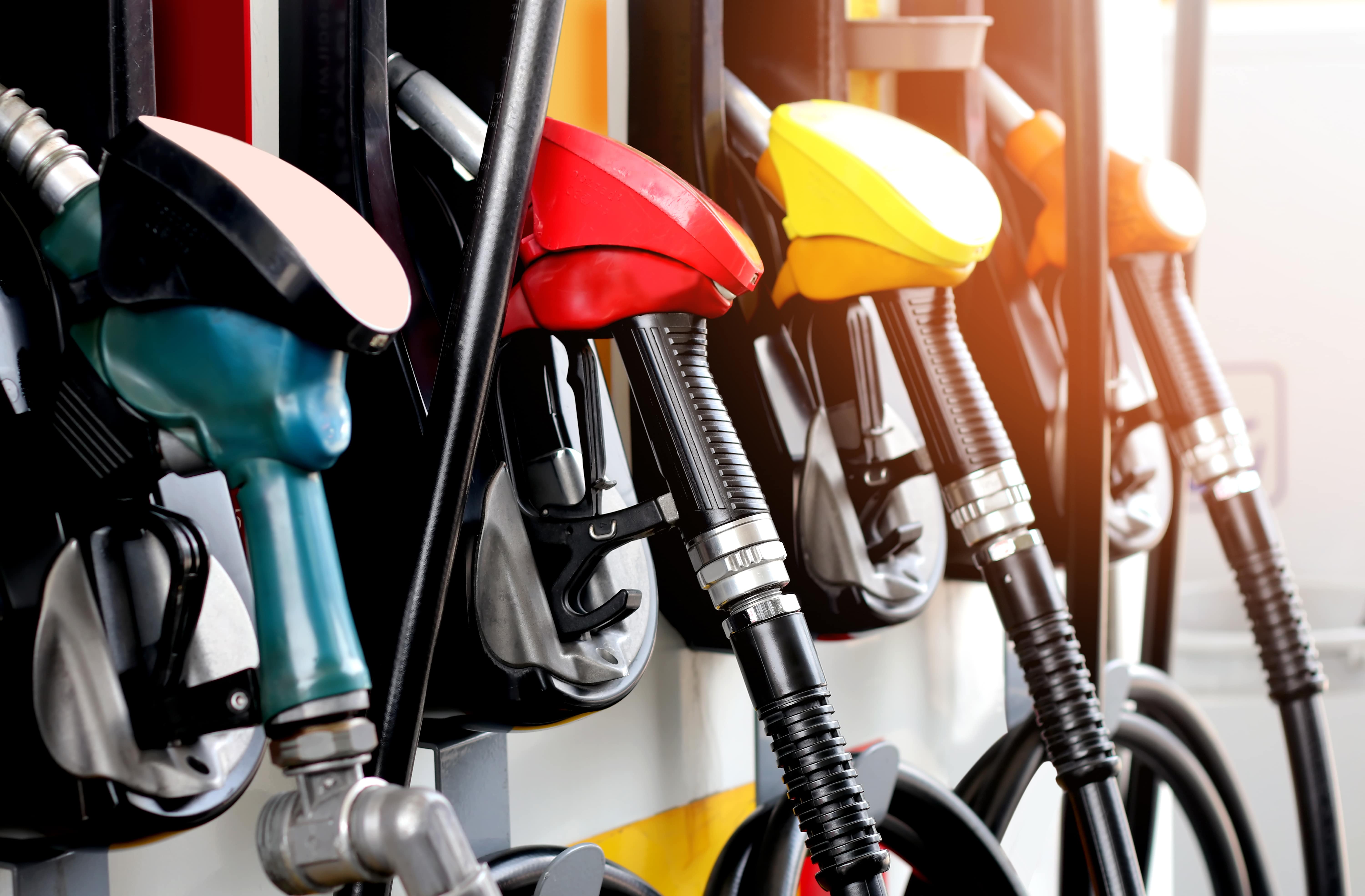
Guest
Brændstofbesparende tips til lastbilchauffører
Oprettet: 16.08.2024
•
Opdateret: 10.10.2024
Køretøjernes brændstoføkonomi er et af de vigtigste aspekter, der påvirker transportvirksomhedernes omkostninger. Det er vigtigt at forstå, hvordan man kan forbedre brændstofeffektiviteten, både som leder og som chauffør. Hos SNAP bestræber vi os på at yde professionel støtte til alle, der er involveret i fragt - så vi har udarbejdet en liste med tips, der kan hjælpe med brændstofeffektivitet på vejen.
Hvorfor er brændstoføkonomi så vigtig?
For fuldt ud at forstå vigtigheden af brændstofeffektivitet er det værd at overveje den rolle, som brændstofomkostningerne spiller i transportvirksomhedernes budgetter. Ifølge forskellige rapporter kan udgifterne til brændstof udgøre mellem 25 og 35 % af [flådeoperatørernes] udgifter (https://snapacc.com/fleet-operators/). Brug af brændstofbesparende tips kan reducere omkostningerne betydeligt, så en stor del af budgettet kan frigøres til andre investeringer.
Et andet aspekt af, hvorfor det kan betale sig at bruge brændstof, er økologi. På trods af at elektriske køretøjer langsomt vinder indpas i fragtbranchen, består de fleste flåder stadig mest af lastbiler med almindelige forbrændingsmotorer. Da transport står for en femtedel af de globale forureningsemissioner, kan brændstofbesparende tips ikke kun hjælpe dig og din virksomhed, men også planeten som helhed.
Brændstofbesparende tips fra SNAP til chauffører i Storbritannien og Europa
For at hjælpe dig med at bekæmpe stigende omkostninger og reducere forureningen har vi udarbejdet en liste med tips til at opnå optimal brændstofeffektivitet i din flåde. De er baseret på faktiske erfaringer og anbefalinger fra pålidelige branchepartnere - du kan være sikker på, at implementeringen af vores tips vil have en stor effekt på din brændstoføkonomi.

1. Langsomt og stabilt vinder løbet
Selv om det kan være fristende at forsøge at nå frem til sin destination så hurtigt som muligt, er det vigtigt at tage hensyn til hastighedsgrænserne, når man kører. De nuværende grænser har været gældende siden 2015 og sætter den maksimale hastighed på enkelt- og dobbeltsporede veje til henholdsvis 50 og 60 mph og 70 mph på motorveje. Det er vigtigt at bemærke, at køretøjer over 7,5 tons (hvor vægten beregnes ud fra både bilens og godsets vægt) har mere restriktive hastighedsgrænser, herunder 60 mph på motorveje. Det er veldokumenteret, at det hjælper på brændstoføkonomien at køre stabilt og holde sig under grænserne - desuden hjælper det med at undgå fartbøder og reducerer risikoen for ulykker kraftigt.
2. Lær om brændstoføkonomi
For fuldt ud at forstå din kørestils indvirkning på transportomkostningerne skal du kende til de komplicerede forhold omkring brændstoføkonomi. MPG er den mest almindelige enhed, der bruges til at måle flådens brændstofforbrug. Beregningen er ret enkel, men enhederne kan være forvirrende, da de fleste benzinstationer i Storbritannien og Europa sælger brændstof i liter. En britisk gallon svarer til 4,546 liter. De fleste nuværende køretøjer leverer MPG-statistikker på farten, så du nemt kan overvåge dit brændstofforbrug, mens du kører.
3. Brems mindre, og kør i et jævnt tempo
En rolig kørestil kan gøre underværker for lastbilens brændstoføkonomi. Brug motorbremsen, hvor du kan, hold en sikker afstand mellem dig og de andre biler, og mest af alt - brug din sunde fornuft på vejen. Vær opmærksom, så du hurtigt kan identificere situationer, der kan kræve, at du sænker farten, og tilpas hastigheden derefter for at være sikker og reducere brændstofforbruget på samme tid.
4. Kør i højere gear, når det er muligt
Et andet aspekt, du skal overveje, er, hvordan motoren fungerer - højere gear betyder færre omdrejninger pr. minut, hvilket resulterer i mindre belastning af motoren. Medmindre du kører ned ad bakke eller går ned i gear for at overhale, så prøv at blive i højeste gear, når det er muligt. Det er en af de vigtigste køreteknikker til at spare brændstof.

5. Pas på din lastbil
Pas på dit køretøj, så passer det på dig. Vedligehold dit køretøj regelmæssigt, hold øje med oliestand og dæktryk, og kontroller motorens effektivitet. Disse køretips til at spare brændstof kan række langt og forsinke reparationer og andet vedligeholdelsesarbejde. Et ofte overset aspekt af flådens brændstoføkonomi er korrekt oppumpede dæk, som kan reducere brændstofforbruget med helt op til 2 procent.
6. Planlæg din rute, og hold dig orienteret om vejforholdene
Hvis du planlægger din rute på forhånd, kan du undgå at dreje forkert og lægge unødvendige kilometer til din rejse. Dette gøres ofte automatisk af din GPS, men du skal også holde dig orienteret om eventuelle omveje og dårlige vejforhold for at optimere din rute yderligere.
7. Hav aerodynamik i tankerne
Det, man ofte overser, når man giver tips til at spare på brændstoffet, er luftmodstandens effekt på brændstofforbruget. Ved højere hastigheder kan selv åbne vinduer være skadeligt for benzinøkonomien. Aerodynamiske tab kan øge brændstofforbruget med helt op til 20 % - dette punkt er absolut værd at huske på, når man kører.
8. Brug de mest brændstofeffektive lastbiler
Dette tip er mere rettet mod flådeadministratorer, men det er også smart at huske det som chauffør. Selv om det er svært at udpege den mest økonomiske lastbil, er der bestemt ikke mangel på brændstofeffektive lastbiler på markedet - især ikke blandt de nyere modeller. Lastbiler med god MPG er et vigtigt aktiv for enhver transportvirksomhed. I nogle tilfælde kan startomkostningerne for de bedste MPG-lastbiler være højere end for et alternativ, der bruger mere brændstof, men besparelserne bliver tydelige over længere tid.
9. Sluk for motoren, når den kører i tomgang
Især når du forlader motorvejen og kommer til din endelige destination, som måske er i en by, kan du ofte komme i en situation, hvor du er stoppet i trafikken, selv i længere perioder. I sådanne tilfælde er det værd at slukke for motoren i et stykke tid. Selv de mest brændstofeffektive lastbiler har stadig gavn af dette - samtidig med at du kan reducere udledningen og mindske støjniveauet.
10. Brug pålidelige løsninger til at hjælpe dig på vejen
At finde en parkeringsplads eller et godt sted at fylde tanken op kan tilføje mange unødvendige kilometer til din rute. For at fremskynde processen kan du bruge TMS-software (Transport Management System) - SNAP-platformen er tilgængelig for både flådeoperatører og chauffører. Blandt de tilgængelige funktioner er SNAP Parking-modulet, som giver dig mulighed for at finde [truck stops] (https://snapacc.com/map/) og depotparkeringsfaciliteter - hvilket sparer dig tid og brændstof.

Opsummering - kør jævnt, overvej aerodynamikken, brug det rigtige køretøj og udnyt SNAP-kontofunktionerne
Hvordan opnår man optimal brændstoføkonomi? Der er mange måder at reducere brændstofforbruget på - fra at holde en rolig og stabil kørestil til at bruge de mest brændstofeffektive lastbiler, der findes, og tage sig af aerodynamik og vedligeholdelse af lastbilen. Du kan også opnå gode resultater ved at udnytte de funktioner, der er tilgængelige på SNAP Account-platformen, såsom SNAP Fuel og SNAP Parking.
Vores løsninger hjælper i øjeblikket over 185.000 chauffører over hele Europa og hjælper mere end 8.500 flåder med at spare på brændstofomkostningerne. Udgifterne til brændstof kan udgøre 25-35 % af en transportvirksomheds udgifter - ud over de økonomiske fordele er benzineffektivitet også afgørende for planeten, da det hjælper med at reducere udledningen.



